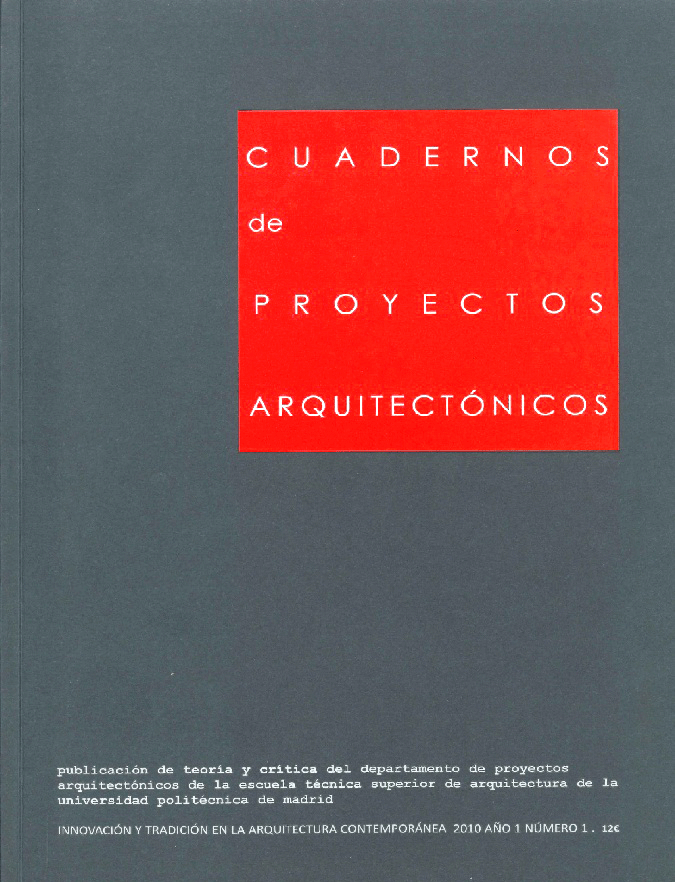Lo retro siempre está de moda
Palabras clave:
modern architecture criteriaResumen
Reality exhibits a rational and objective structure, hard to uncover. Few are willing to study, distinguish and analyze it. "Modernism or a common cause" embodies the critical objectivity that finds true criteria within the object itself. Modernism is a historic tension that thinks and acts with a sense of emancipation and happiness for humanity. As opposed to local cultures, Modernism is a single and international civilization: "Neither the old nor the new; just what is necessary" (V.Y. Tatlin.). Architecture has always been associated to Power; serving the "Sitting Power" and subjugating to it. Architecture liberated from that power made Form adjust to its own Identity: its method of construction. This liberated it as territorial infrastructure, as an economic structure, and as an ideological superstructure. At the end of the twentieth century, Postmodernism became yet another phase within the immortal Modernism. It was architecture dressed to the fashion of the times. What is new can be described as Contemporary, when we are unable to sense its quality. We must distinguish between Civilization and Modernism, which the true and higher architecture serves. Being contemporary is not what is most important for a work of architecture; what is difficult is for it to become "modern". Only a few hundred projects can be considered "modern", free from the systems of power, and fighting these with truth, kindness and beauty; because being modern is a question of quality, a question of genuine authenticity. The scarce valuable tradition in existence supports itself on Civilization.
Descargas
Descargas
Publicado
Número
Sección
Licencia
1. Los autores conservan los derechos de autor y garantizan a la revista el derecho de una Licencia Creative Commons Atribución-NoComercial-SinDerivar 4.0 Internacional que permite a otros compartir el trabajo con un reconocimiento de la autoría.
2. Los autores pueden establecer por separado acuerdos adicionales para la distribución no exclusiva de la versión de la obra publicada en la revista (por ejemplo, situarlo en un repositorio institucional o publicarlo en un libro).













